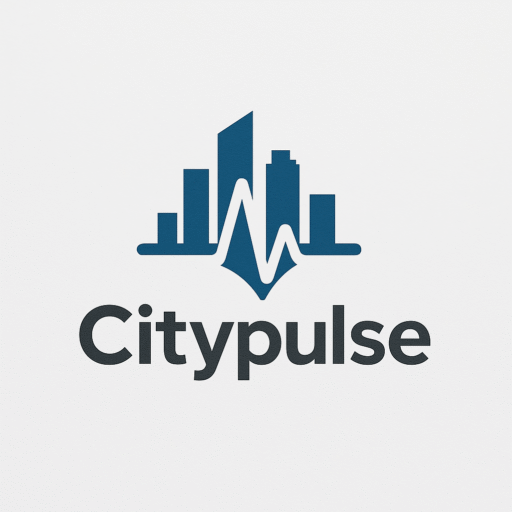Student loan debt is a major problem in the United States. It affects millions of people. Government data shows that around 45 million Americans are indebted to the federal government for student loans. The debt can be a major obstacle to borrowers, delaying life milestones like buying a house or starting a new family.
The rising costs of higher education are a major factor in the student loan debt. In recent years, tuition and fees have risen dramatically. Many students are now forced to borrow money to pay for education. The interest rates can also be high and make it difficult to repay these loans quickly. Many people carry student loan debt into their 40s and beyond.
Both policymakers and the general public have taken note of the issue of student loans. There are many proposals that have been made to solve the problem. These include loan forgiveness programs and increased funding of higher education. Finding a solution which balances the interests of both lenders and borrowers remains a difficult task. It is vital to understand what causes student loan debt and possible solutions, as this issue continues to impact millions of Americans.
Different types of student loans
Federal loans and private student loans are the two most common types of loans in the United States.
Federal Loans
Federal loans are government-backed loans that help students pay for education. Direct loans are available in four different types:
- Direct Subsidized loans: These are direct subsidised loans that are made to eligible undergraduates who can demonstrate a financial need in order to cover the cost of higher education.
- Direct Unsubsidized loans: These are direct unsubsidized loans that are made to undergraduate, graduate and professional students who meet the eligibility criteria. However, they do not depend on financial need.
- Direct PLUS Loans are made to students who are graduate students or professionals and to parents of undergraduate students with dependents to pay for educational expenses that cannot be covered by other forms of financial aid.
- Direct Consolidation loans: These loans allow you to consolidate all your federal student loans with a single servicer into one loan.
Private Loans
Private loans can be provided by financial institutions such as credit unions and banks. Private loans tend to be more expensive than federal loan rates, but the terms and interest rates vary depending on who is lending and how creditworthy the borrower is. Only after federal loan options are exhausted should private loans be considered.
All student loans, federal or private, are subject to interest. Students should exhaust all federal loans before pursuing private loans.
Federal Student Loans
Federal student loans, provided by the US Department of Education, are designed to assist students in paying for their college education or vocational training. Private student loans have higher interest rates, but these loans offer lower rates of interest and flexible repayment options.
Direct Subsidized Loans
Students with financial needs can apply for Direct Subsidized loans. These loans are subsidized by the government during the time the student is enrolled in school, the grace period of six months after graduation and deferral periods.
Direct Unsubsidized Loans
Students can apply for Direct Unsubsidized loans, regardless of their financial situation. Interest on these loans is accrued while the student attends school, during grace periods, and during deferment period.
Direct Plus Loans
Direct PLUS loans are available for graduate and professional students, as well as parents of undergraduate students who are dependent. These loans may require a credit review and have higher interest rates than other federal student loan programs.
Direct Consolidation Loans
Direct Consolidation loans allow borrowers the option to consolidate multiple federal student loan into a single loan, with only one monthly payment. By extending the loan repayment period, this can help simplify repayment and lower monthly payments.
Federal student loans are a great way for families and students to finance their higher education. Before taking out any loan, it is important to carefully review the terms and options for repayment.
Private Student Loans
Private student loans can be used to cover college costs. Private lenders such as credit unions and banks offer these loans, which are not backed up by the federal government. Private student loans are available to cover college tuition, room and boards, textbooks and other costs.
Private student loans can be used for any college-related expense, while federal student loans only cover tuition and fees. Private student loans are also available to help bridge the gap between a student’s financial aid and the cost of attending college.
Private student loans have higher rates of interest than federal loans. They are also variable rates, meaning they fluctuate with time. Private student loans require a credit review, and students who have poor credit might need a cosigner in order to qualify.
It is important that you shop around for private student loans and compare the rates and terms of multiple lenders. Understanding the terms of repayment, such as the interest rate, fees and repayment period, is important. The monthly repayments on the loan should be considered by the student after graduation.
Private student loans are a good option for students to help finance their education. However, they should only be used after all other financial aid options have been exhausted, including grants, scholarships and federal student loans.
Planned Repayments and Options
There are many options available for borrowers in the United States when it comes to paying back student loans. Each plan offers its own features and benefits, so borrowers must carefully choose the plan that best suits their circumstances.
Standard Repayment Plan
Standard Repayment Plan (SRP) is the default repayment plan of federal student loans. This plan requires borrowers to make fixed monthly payments up to a maximum of 10 years. The amount of the monthly payment is determined by how much you borrowed, your interest rate and repayment period.
Gradual Repayment Plan
Borrowers of federal student loans can also choose the Graduated Repayment Plan. This plan starts with low monthly payments and increases them every two years. Repayment period can be up to 10 year. This plan is perfect for those who anticipate their income increasing over time.
Extended Repayment Plan
Borrowers who owe federal student loans in excess of $30,000 are eligible for the Extended Repayment Plan. The repayment period can be extended to up to 25-years under this plan. The borrower can choose from fixed or graduated monthly payment options.
Income-Driven Repayment Plans
Income-Driven Repayment Plans (IDRPs) are for borrowers that need to lower their monthly payments. Four types of income driven repayment plans are available: Income-Based Repayment, Pay As You EARN (PAYE), Revised PAYE (REPAYE), Income-Contingent Repayment.
These plans base monthly payments on the borrower’s income and size of family. Depending on the plan, repayment can last up to 25 or 20 years. Any remaining balance will be forgiven after the repayment period.
Contacting the loan servicer will help determine what repayment plan works best for you. Remember that the longer you wait to repay the loan, the higher the interest rate will be. This will result in a greater cost for the loan.



